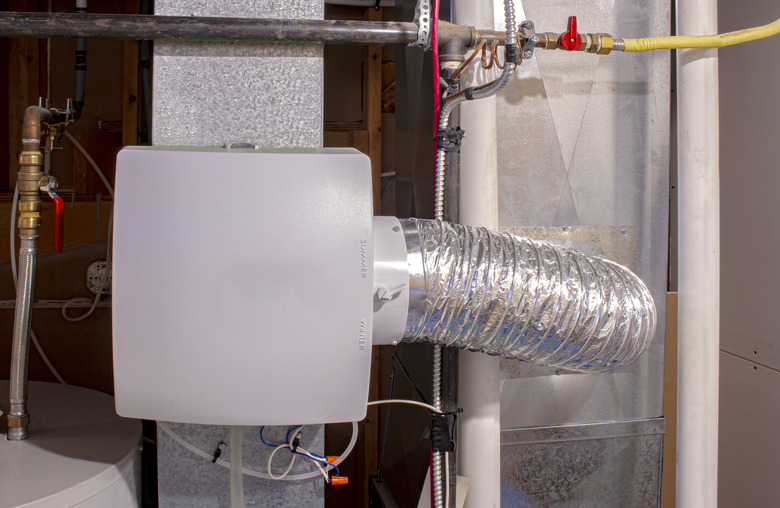How To Get Rid Of Mice In Heating Ducts
We may receive a commission on purchases made from links.
Finding mice in heating ducts isn't the kind of surprise you want as a homeowner. These rodents can cause extensive damage to your property and health issues for your family. Figuring out how to get rid of mice in heating ducts quickly is crucial to prevent the infestation from getting worse.
Problems With Mice in Ducts
Problems With Mice in Ducts
No matter how you feel about mice in general, having them in heating ducts can cause some health issues for your family. Your HVAC system circulates air throughout your home. When things like mouse urine and droppings are in the ductwork, they can circulate throughout your home too.
That mouse debris can cause health problems when it gets into the air. You might have an allergic reaction to the debris, which can cause symptoms similar to seasonal allergies. If any family members have asthma, the rodent debris could increase asthma attacks.
Hantavirus is another serious concern. Many types of rodents carry the disease, and humans can contract it when mouse droppings and urine get disturbed. Each time your HVAC system runs, it can kick up the droppings and create the risk. It causes flu-like symptoms, but it can also cause life-threatening breathing issues.
Identifying Mice in Heating Ducts
Identifying Mice in Heating Ducts
Figuring out if you have mice in your heating ducts can be difficult. You can often hear scurrying or scratching when you have mice in your home, but it can be hard to tell if they're in the walls or ducts. Grab a flashlight to check for signs of mice in the ducts. Mouse droppings, which look like dark grains of rice, might appear in the vents. Other possible signs include smudge marks, footprints, urine stains, and gnaw marks.
You might smell an ammonia odor coming from your vents, which is the smell of rodent urine. If a mouse dies in the ducts, you might also notice the scent of a dead animal coming from the vents.
Getting Rid of the Mice
Getting Rid of the Mice
If you have an active mouse infestation in your ductwork, you need to get them out of the ducts and seal up the ductwork to keep more mice from moving in. Shut off your HVAC system to set up traps in the ducts. If it's the heating season, give the registers time to cool before handling them. Then, remove all of the vent covers in your home.
Set up a snap trap or another type of mouse trap inside every vent. Load them with peanut butter, cheese, chocolate, or other mouse favorites to attract your unwanted houseguests. Using traps allows you to catch and remove the mice. You can use mouse bait or poison in an approved enclosure, but the mice could die in the ductwork and cause more issues, so removing them with a trap eliminates that problem. Never put loose rodenticide in your ducts as it's not EPA-approved.
Once you set the traps, put the covers back on the vents and turn your HVAC system back on. Check your traps daily and remove any mice you catch. Wearing rubber gloves, place the rodent in a plastic bag to dispose of it and wash your hands thoroughly when you're done. Reset any traps that are triggered but don't have mice in them. Continue setting traps until you stop catching mice or contact a pest control company if you can't seem to get rid of all the mice.
Preventing More Mice
Preventing More Mice
Another important part of getting rid of mice in heating ducts is preventing them from coming back. Killing and disposing of the mice that already live there helps the immediate problem, but more mice will likely find their way into the ductwork. Inspecting and sealing ductwork can make it more difficult for rodents to enter. It's also a good idea to look for and seal cracks and gaps around your foundation, doors, and other parts of your home where mice can enter.
